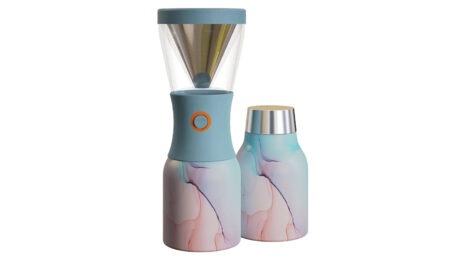For conferences, one size doesn’t fit all. Not any more. Attendees have individual motivations for signing up and engaging at meetings. That means our approach to marketing, producing and running events must appeal to very different audiences—and bring them together to build on their differences.
For tips on how to do this, we called on Jeff Hurt, executive vice president of education and engagement at Velvet Chainsaw Consulting. He is an advocate for evidence-based education methods, and explained the importance of starting with understanding.
Segment for Success
The first step in delivering personalized messages before, during and after a conference is getting to know your attendees deeply. That means listening to what they are saying and doing online and offline. You may be creating personas based on Linkedin groups they participate in, or based on what they visit and read on your site, but the segmenting needs to go beyond that. Marketing messages that reflect what events they have attended before, how long they have been interacting with your group and their individual communication preferences will be much more warmly received than generic dear [xxx] mail merge letters.
As Hurt puts it, we need to know what keeps people up at night, and what gets them up and out of bed in the morning. Design the messaging and program around those needs and aspirations.
Manage Expectations
Experiment with new ways to deliver information and encourage audiences to apply that learning. This is crucial. But surprising them with unfamiliar formats can be disastrous. That is why it is important to explain any changes—early and often—to help attendees understand why you are, say, mixing up this year’s opening reception.
Resistance to change is normal. Hurts reminds us that our job as event professionals is to help people relabel that uneasy feeling in the pit of their stomachs, and see it as opportunity rather than threat.
Plan Transformations Rather Than Transactions
The challenge in bringing together diverse groups of people is that they may not immediately recognize anything in common with each other. The opportunity, of course, is that they can teach things to each other. But first you must get them interacting. That can be as simple as shifting the format of a networking event from the handing out of business cards to actively seeking new ideas. Have attendees pair up with someone they would not normally interact with. Then have them ask, “Tell something you’ve learned in the last six weeks.”
Hurt says this is the approach used by most successful innovators. People who change the world actively seek out people not like themselves—and then look for unique ideas.
Be the First to Know
Everything you need in one beautiful print and digital magazine




